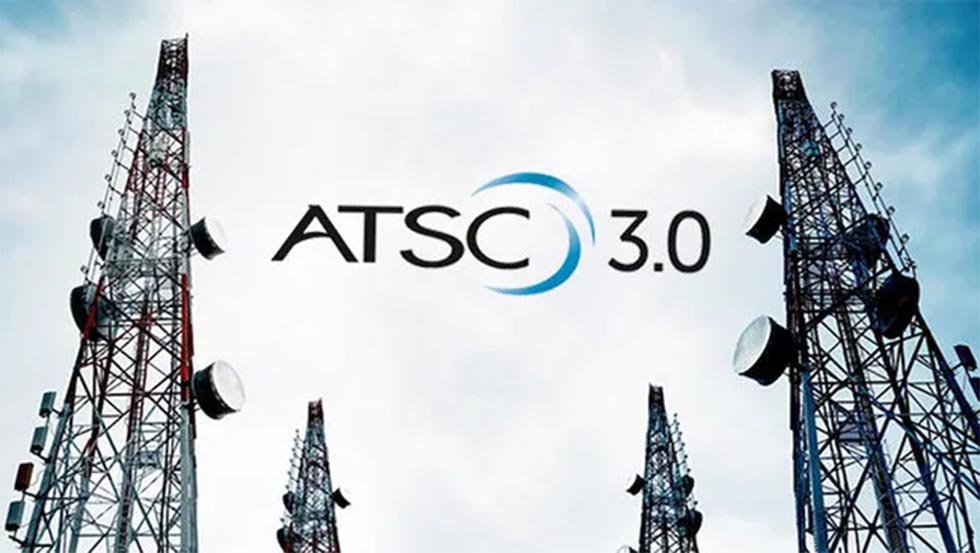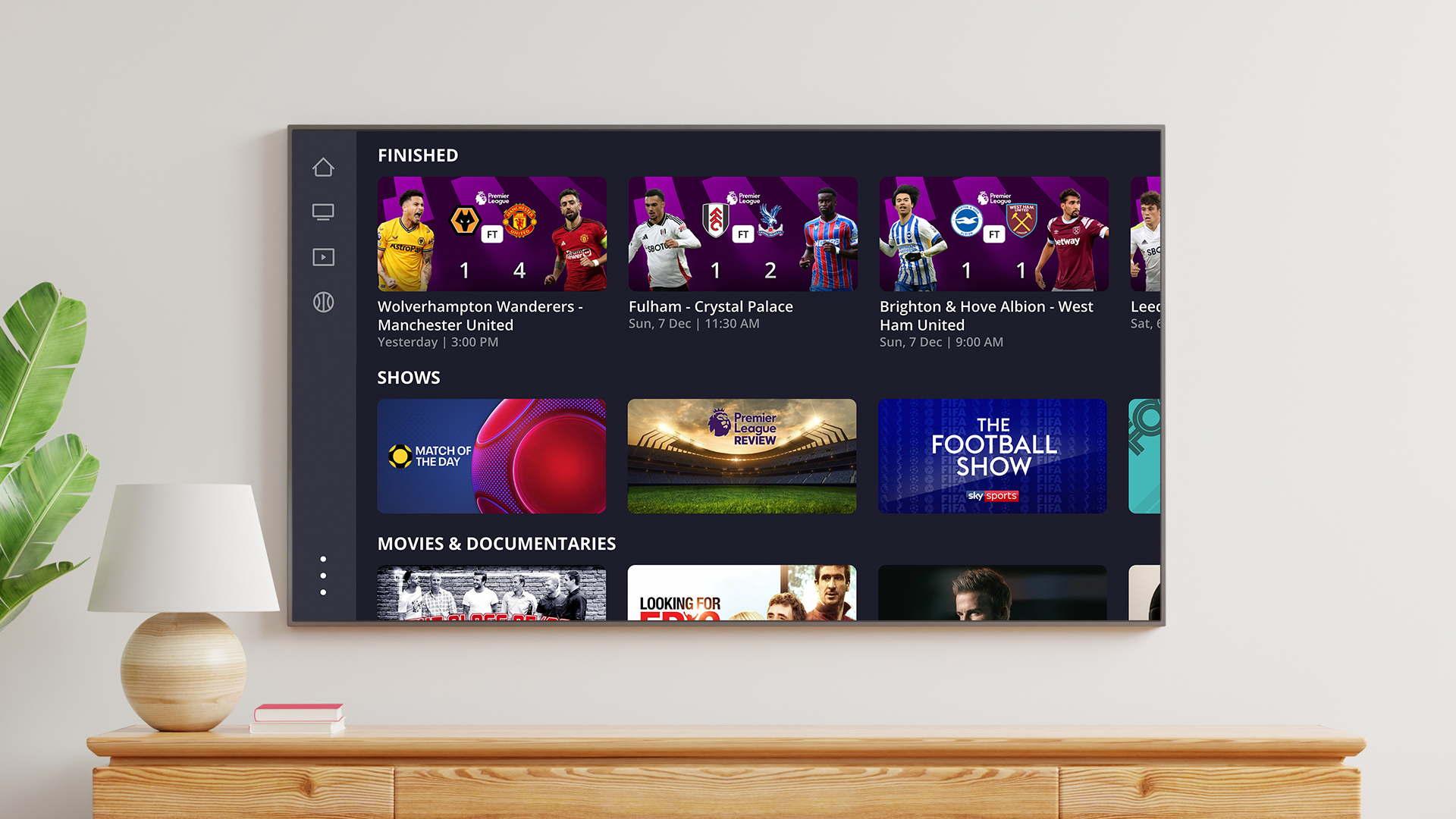Digital Alert Systems Backs NAB Proposal to Speed Transition to NextGen TV
Its FCC filing supports an NAB proposal to withdraw multilingual EAS proposals but opposes software-based alerting

In a wide-ranging filing with the Federal Communications Commission, Digital Alert Systems has come out in favor of an NAB proposal to help speed-up the transition to NextGen TV and is backing a proposal to withdraw multilingual EAS using pre-translated templates.
The alerting system technology provider also reiterated its previously reported opposition to an NAB’s petition urging the agency to allow software-based EAS, saying it is premature, and submitted without substantive discussion with the EAS manufacturing community.
The filing, which was made in the FCC’s “In Re: Delete, Delete, Delete” docket, also asks the FCC to revisit how the Electronic Test Reporting System (ETRS) filings are done, and requests that those filings from radio and TV stations be reduced.
The “In Re: Delete, Delete, Delete” GN Docket 25-133 asks for public comment on FCC rules that should be deleted. It has emerged as one of the agency’s most popular dockets, with over 1,130 filings as of May 8.
The May 8 DAS filing strongly supports the NAB call to delete the simulcasting and "substantially similar" requirements that are holding back deployment and innovation on ATSC 3.0 Next Gen TV.
“We support NAB’s petition asking the FCC to facilitate a nationwide transition to ATSC 3.0,” the filing argued. “First, the FCC should delete, effective immediately, the “substantially similar” rule, which is currently scheduled to sunset in July 2027; and Second, the FCC should delete the rule requiring simulcasting of ATSC 1.0 and ATSC 3.0 in its entirety in February 2028, along with the beginning of the full two-phase transition to nationwide Next Gen TV broadcasting, to allow broadcasters to use spectrum as efficiently as possible.”
“While both rules were intended to ensure continuity and consumer protection during the early stages of Next Gen TV deployment, we believe they have now become obstacles to progress,” the filing argued. “Their continued enforcement undermines broadcasters’ ability to fully utilize ATSC 3.0 capabilities, most notably, the delivery of AEI services critical to public safety.”
The professional video industry's #1 source for news, trends and product and tech information. Sign up below.
More specifically, the filing noted that the rules are “artificially limit innovation in ATSC 3.0 by preventing broadcasters from offering enhanced content.” That enhanced content includes: interactive emergency alerts; localized and multilingual warning graphics; real-time shelter maps and evacuation instructions; supplemental information for people with disabilities (e.g., synchronized sign language, enhanced audio cues, screen reader compatibility).
However, DAS strongly opposed the NAB’s proposal that would allow broadcasters, on a voluntary basis, use a software-based alerting system. That NAB proposals was also supported by the Society of Broadcast Engineers.
“Digital Alert Systems (DAS) supports innovation within the Emergency Alert System (EAS), however we cannot support the NAB Petition for a rulemaking remove the requirement that EAS Participants must use an FCC-certified physical hardware device, and allow usage of software solutions for which there are neither FCC certification procedures, nor are there conformity testing processes via DHS FEMA,” the filing said. “The NAB proposal in its Petition is premature, underdeveloped, and raises profound regulatory, cybersecurity, operational, and public safety concerns that must be resolved before any rulemaking proceeds.”
In addition, the NAB petition would allow software-only EAS solutions without clear certification frameworks, which would remove FCC oversight currently provided by hardware certification, DAS argued. This raises a number of problems, including:
- Lack of a Certification Process: No plan is offered for verifying software compliance, raising serious concerns over version control, auditing, and enforcement.
- Oversight Erosion: The FCC would lose the ability to perform field inspections or monitor standard compliance if there is no physical device.
- Fragmentation Risk: Absence of a standardized certification path would result in a fragmented EAS environment, undermining reliability and interoperability.
- Regulatory Ambiguity: Dual regimes for software and hardware would create inequities and confusion for EAS Participants and manufacturers alike.
The full filing can be found here.
George Winslow is the senior content producer for TV Tech. He has written about the television, media and technology industries for nearly 30 years for such publications as Broadcasting & Cable, Multichannel News and TV Tech. Over the years, he has edited a number of magazines, including Multichannel News International and World Screen, and moderated panels at such major industry events as NAB and MIP TV. He has published two books and dozens of encyclopedia articles on such subjects as the media, New York City history and economics.

